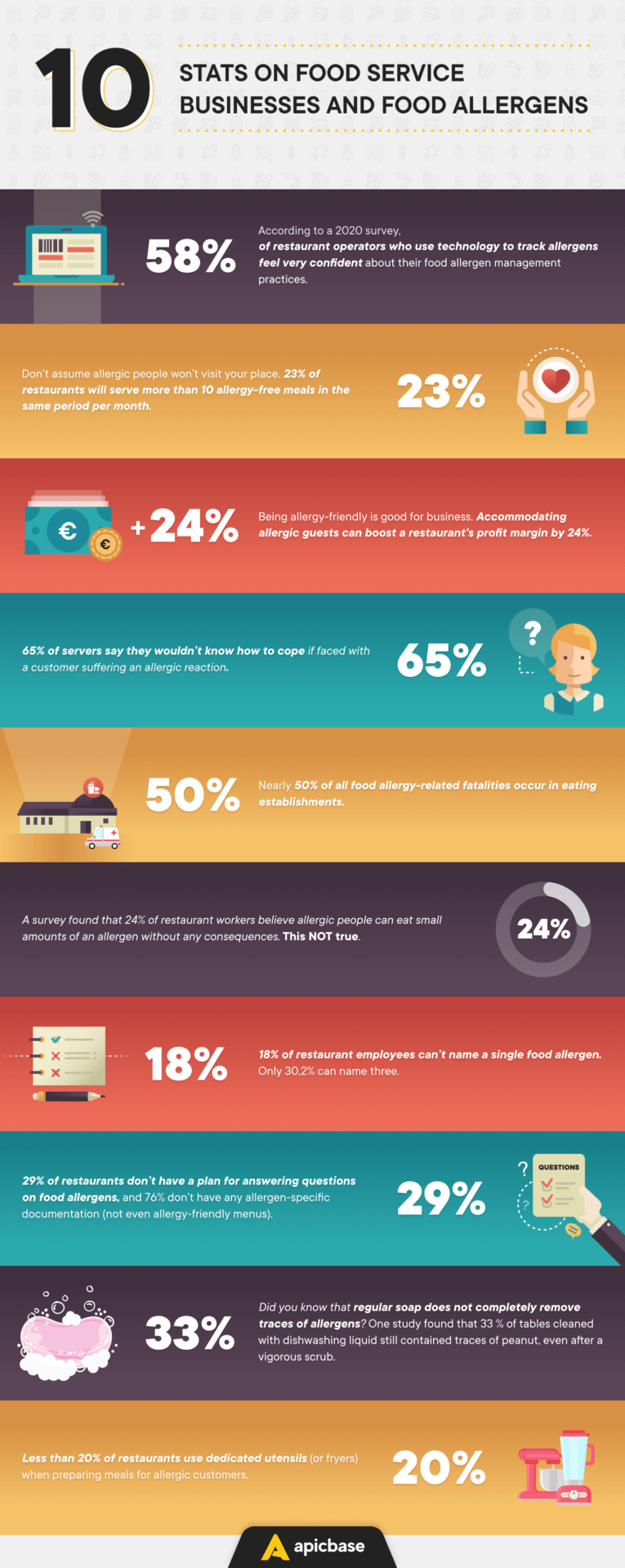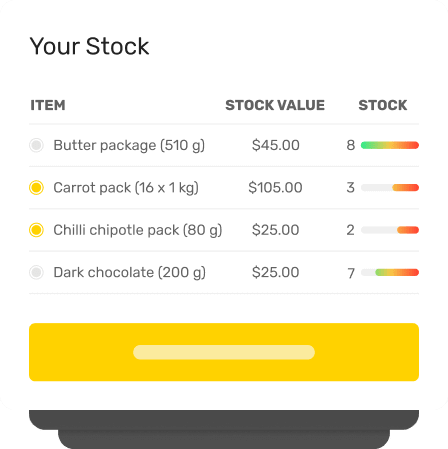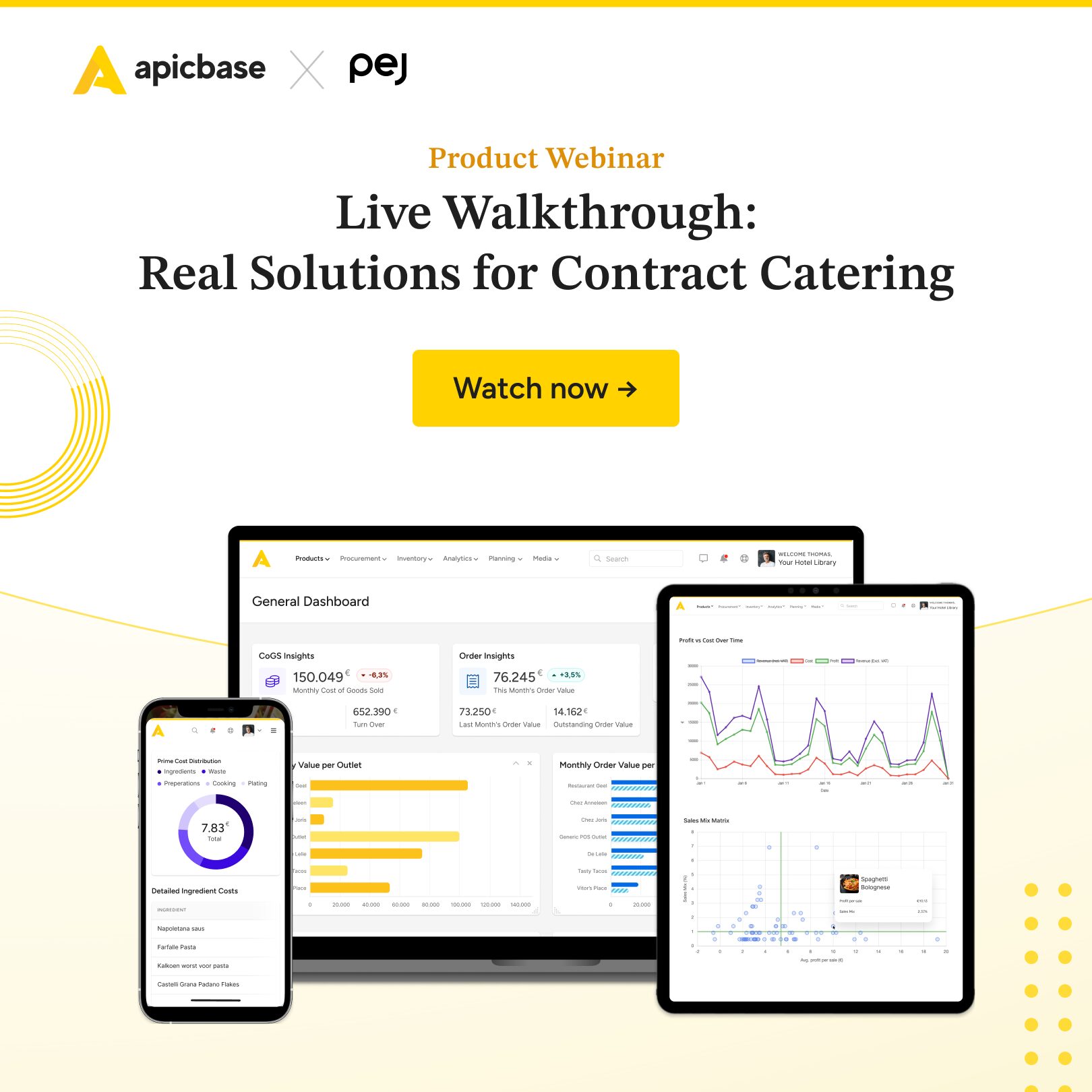A survey conducted by the Food Allergy and Anaphylaxis Network found that 34 percent of food allergy sufferers experienced an allergic reaction while eating at a restaurant.
A third of those had a repeat of the experience on at least two separate occasions.
Sometimes, the fault lies with the customers, who do not communicate their food allergies to the restaurant staff.
Very rarely, the fault is with the management that willfully ignores food safety standards put in place to protect those with allergies.
Most of the time, however, allergic reactions in restaurants are due to miscommunication and small, simple mistakes that can be easily identified and corrected.
In this post, we present 10 statistics on food allergen attitudes in restaurants that highlight the areas where those mistakes can happen, as well as why they happen.
Hopefully, they will help restaurant owners and managers identify potential allergen weak spots in their establishments and fix them.
Allergic reactions in restaurants are due to miscommunications and minor mistakes.
Keep reading: below the infographic you’ll find an explanation of the food allergy statistics in food service shown in the graph.

10 Stats on Foodservice Businesses and Food Allergens
- According to a 2020 survey, 58 percent of restaurant operators who use technology to track allergens feel very confident about their food allergen management practices.
- Close to one-third of restaurants will serve between one and ten meals to allergy sufferers in a month. Additionally, 23 percent of restaurants will serve more than ten allergy-free meals in the same period. The moral of this stat? Don’t assume that allergic people won’t visit your establishment (and be prepared to accommodate them).
- Being allergy-friendly is good for business. 92 percent of food-allergic guests will return frequently to an eating establishment after having a positive eating-out experience. Additionally, accommodating allergic guests can boost a restaurant’s profit margin by 24 percent in some cases.
- A 2019 UK survey shows that 20% of restaurant workers don’t go through formal allergen training (with 65% servers saying that they wouldn’t know how to cope if faced with a customer suffering an allergic reaction).
- A 2017 study from the Centers for Disease Control (US) found that nearly 50 percent of food allergy-related fatalities occur in eating establishments. This could signal that restaurant staff is not sufficiently trained on how to deal with allergy emergencies.
- A 2007 survey of 100 restaurant workers found that 24 percent of them believe that allergic people can eat small amounts of an allergen without any consequences. This is not true – even trace amounts of an allergen can cause a serious reaction, and that’s something all your employees need to be aware of.
- Can you name all 14 most common food allergens that are on the EU & UK watchlist? A lot of restaurant workers can’t – a 2019 study conducted in Dusseldorf (Germany) found that 18.3 percent of restaurant employees can’t name a single food allergen, and only 30.2 percent can name three of them. Make sure that your employees can do better by downloading our food allergen poster and putting it up on the walls of your kitchen!
- A 2017 EHS-Net study found that 29.2 percent of restaurants don’t have a plan for answering questions on food allergens, and 76 percent don’t have any allergen-specific documentation (not even allergy-friendly menus).
- Keeping your operation spotlessly clean is an essential part of every allergen management process. Did you know that regular soap does not completely remove traces of allergens? One study found that 33 percent of tables cleaned with dishwashing liquid still contained traces of peanut, even after a vigorous scrub.
- If allergens remain on tables, you can bet they remain on cooking utensils. This is why it’s important to have kitchen equipment that’s only used to prepare allergy-free meals. Yet, according to the EHS-Net study we already mentioned, less than 20 percent of restaurants used dedicated utensils (or fryers) when preparing meals for allergic customers.
Restaurant Food Allergen Attitudes Statistics – Action Plan
After digesting these statistics on allergen attitudes and practices in restaurants, there are four areas that you need to focus on to make sure that you’re not contributing to them (the links will take you to detailed posts on the topic):
- Improve allergen communication – use food allergy notices to warn customers about potential allergens in your dishes, and have allergy-friendly menus available on request.
- Design and implement allergen training – train your employees on food allergens, allergen communication, and how to appropriately respond in an emergency and save lives.
- Review your allergen management procedures – periodically take stock of food allergen management policies and procedures in order to identify and remove risks (supply chain management, cross-contamination hotspots, training blindspots, and similar).
- Use allergen management software for real-time tracking – make your (and your employees’) lives easier by using a dedicated allergen management software that allows you to track allergens in all recipes in real-time (an excellent solution for multi-outlet businesses).
Ready to Up Your Allergen Management Game?
Apicbase can help you with that!
For more information on Apicbase restaurant management software, contact us today. Schedule a demo and let our specialists guide you through all the app features that were designed to help you keep track of allergens and confidently serve allergic customers!

Schedule a demo today
Sources
- Technology in the kitchen, 2020,
- Food allergy knowledge and attitudes of restaurant managers and staff: an EHS-Net study, 2017,
- The financial benefits of being allergy-friendly, 2015,
- Restaurants falling short on allergen training, Big Hospitality, 2019,
- Restaurant food allergy practices — six selected sites, United States, 2014,


